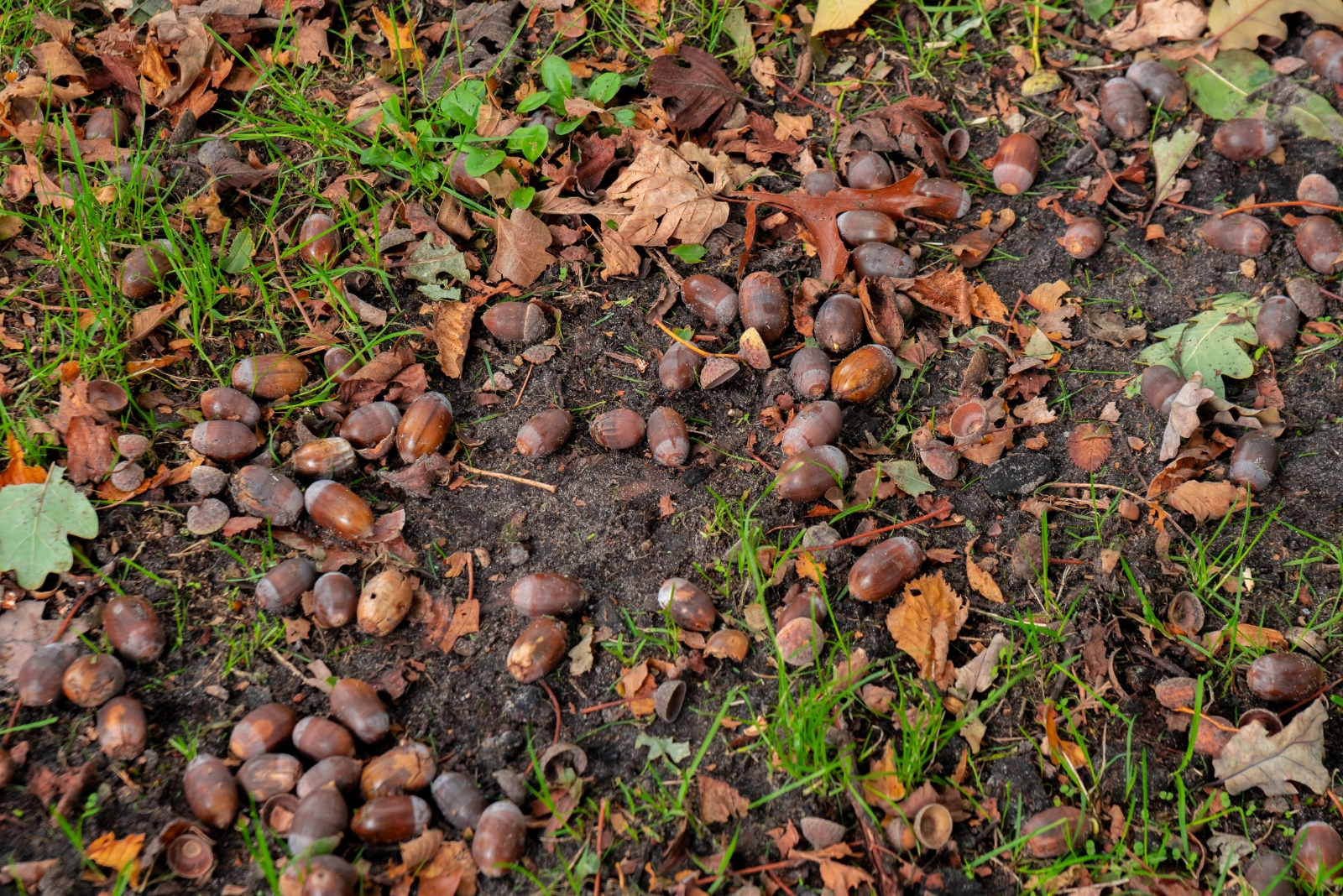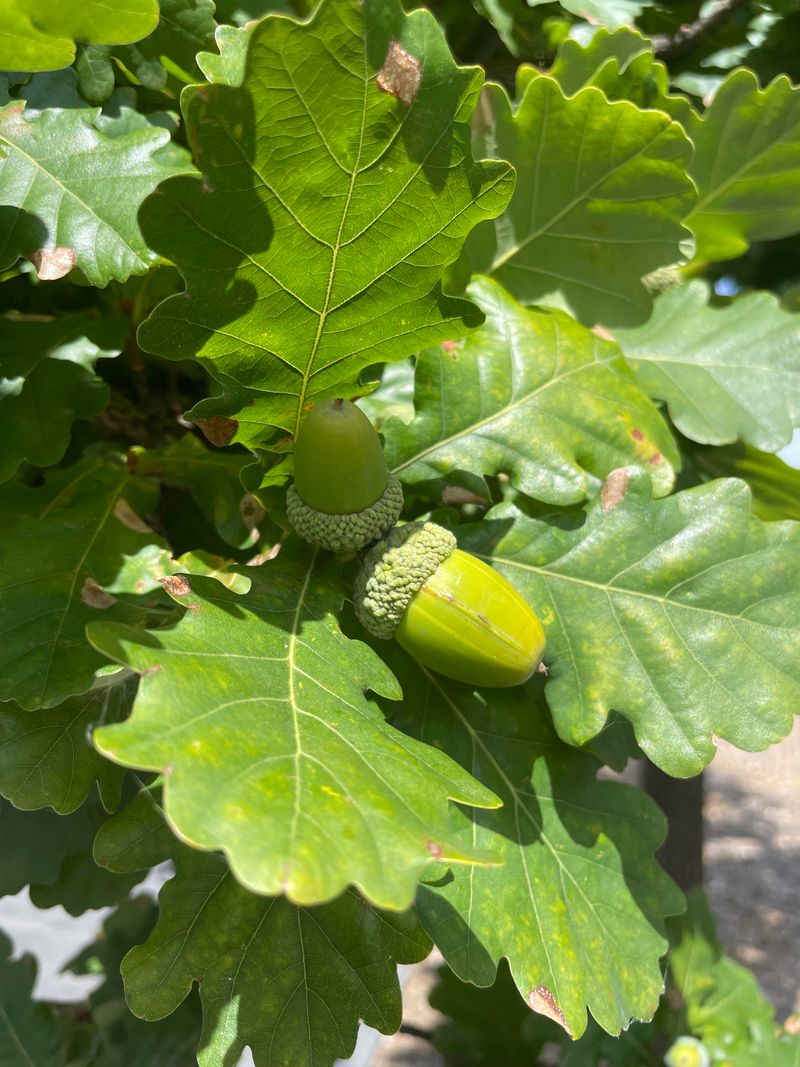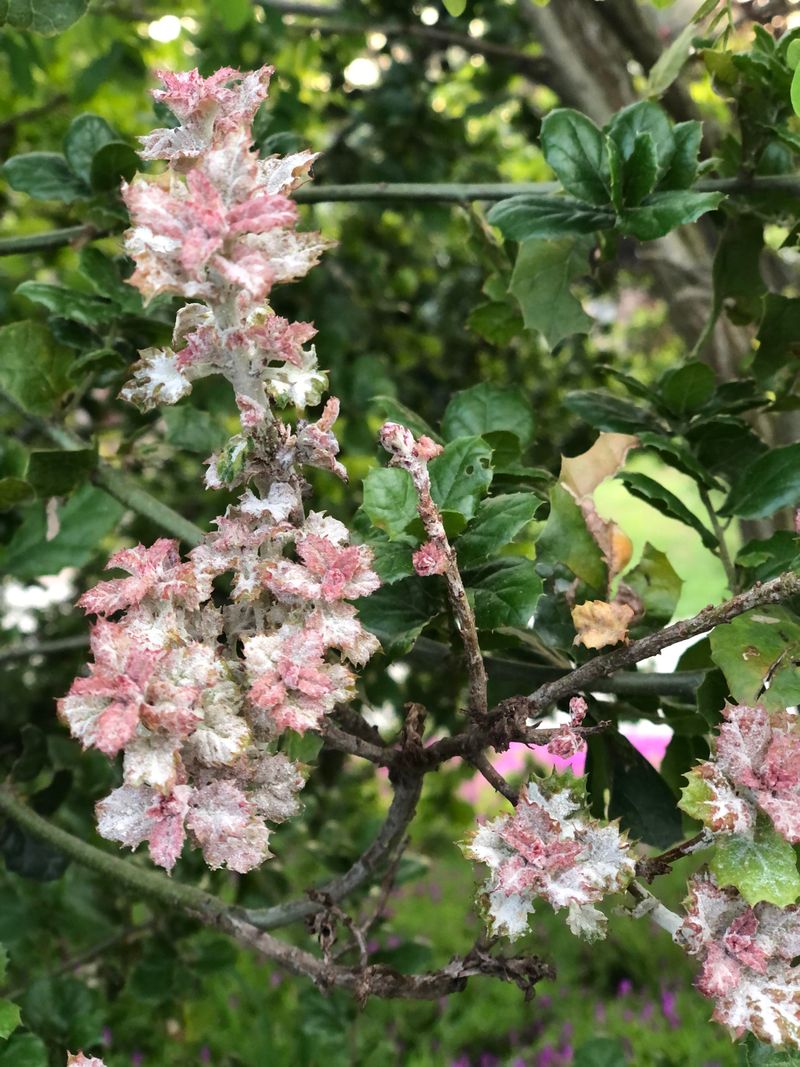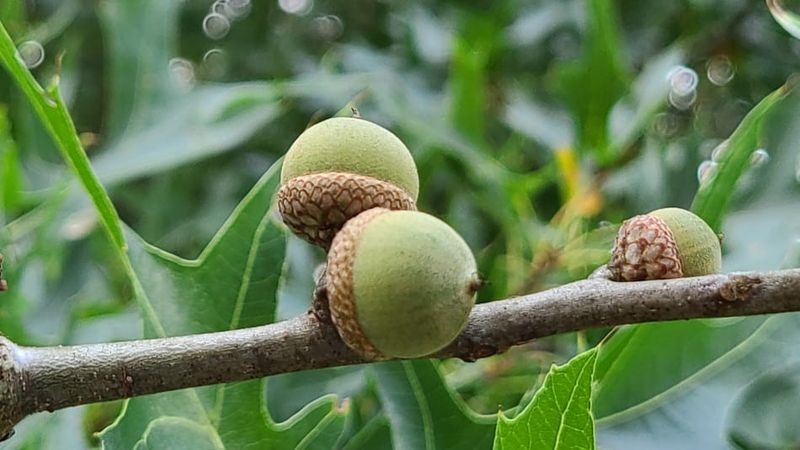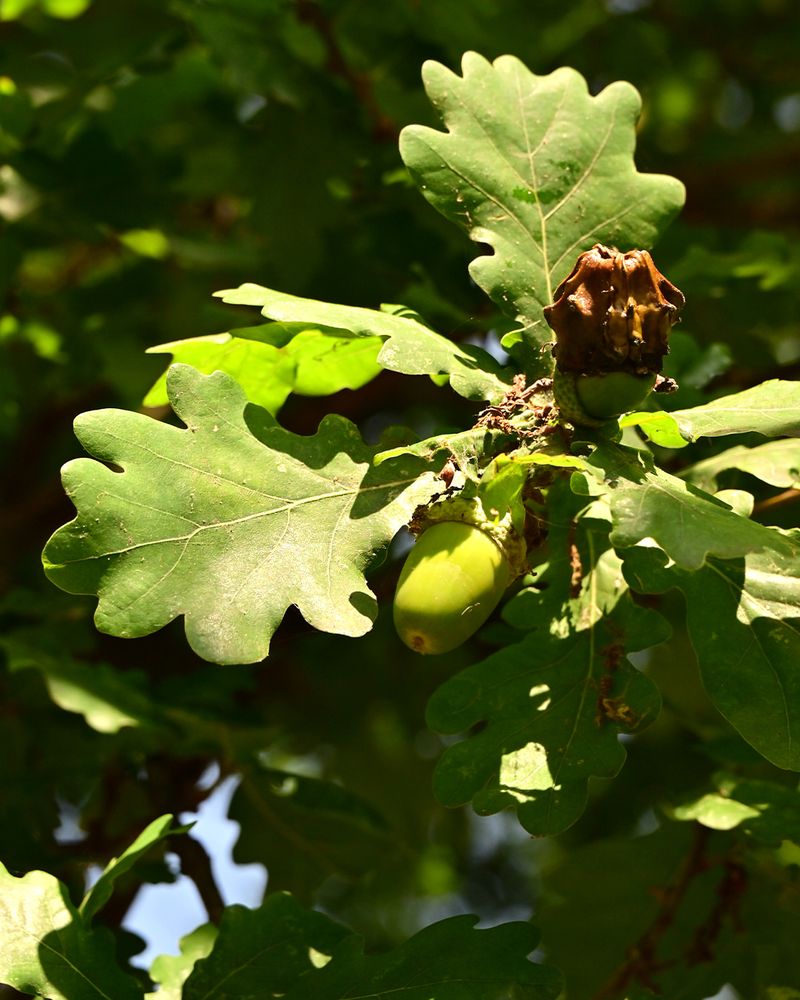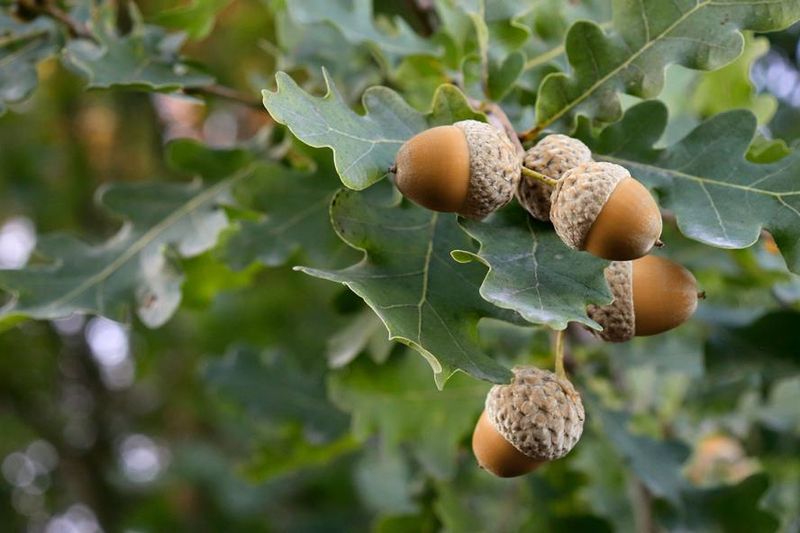Wisconsin trees have been extra chatty this season, and I’ve caught myself crunching over way more acorns than usual wondering what’s going on.
It turns out there are a handful of simple reasons behind the sudden carpet of nuts, and once you notice them, the whole yard starts making sense. It’s one of those little seasonal quirks that sneaks up on you when the weather shifts.
Let me tell you what I learned after sweeping up what felt like half a forest.
1. Mast Year Phenomenon
Oak trees naturally go through boom and bust cycles called mast years. During a mast year, trees produce way more acorns than usual, sometimes ten times their normal amount.
Scientists believe trees do this together as a survival strategy. When millions of acorns drop at once, animals can’t possibly eat them all, so more seeds survive to grow into new trees.
Wisconsin is experiencing one of these special years right now, which explains the carpet of acorns covering lawns throughout the state.
2. Perfect Spring Weather Conditions
Spring weather plays a huge role in acorn production. Oak trees need just the right conditions when they’re flowering to produce lots of acorns later in the year.
Wisconsin enjoyed mild temperatures and adequate rainfall last spring, creating ideal conditions for pollination. When oak flowers get pollinated successfully, they develop into acorns by fall.
The calm, dry weather during bloom time meant pollen traveled easily between trees, resulting in exceptional fertilization rates across the state.
3. Reduced Late Frost Damage
Late spring frosts can devastate acorn crops by damaging delicate oak flowers. When temperatures suddenly drop after trees start blooming, the flowers freeze and can’t develop into acorns.
Fortunately, Wisconsin dodged those harmful late freezes this past spring. The absence of frost allowed oak flowers to mature properly without interruption.
Without cold snaps destroying the blossoms, trees successfully produced a bumper crop of acorns that are now blanketing yards from Milwaukee to Green Bay.
4. Strong Tree Health from Previous Years
Oak trees need energy reserves built up over several years to produce massive acorn crops. When trees are healthy and well-nourished, they store extra resources in their roots and trunk.
Wisconsin oaks have enjoyed several years of good growing conditions with adequate moisture and nutrients. These reserves gave trees the strength to invest heavily in acorn production this season.
Well-maintained trees in yards across the state had the energy needed to create the abundant harvest homeowners are witnessing today.
5. Abundant Summer Rainfall
Water availability during summer months directly affects how many acorns reach maturity. Developing acorns need consistent moisture to grow from tiny buds into full-sized nuts ready to drop.
This past summer brought Wisconsin plenty of rainfall at just the right times. The steady water supply helped acorns develop properly without stress or premature dropping.
Areas that received regular rain throughout June, July, and August saw particularly heavy acorn drops, making cleanup a bigger chore for property owners statewide.
6. Synchronized Oak Tree Cycles
Different oak species in Wisconsin tend to synchronize their mast years, amplifying the effect. When red oaks, white oaks, and bur oaks all produce heavily during the same season, yards get absolutely buried.
Research shows that trees communicate through underground fungal networks and chemical signals. This coordination helps ensure their collective survival by overwhelming seed predators.
The synchronization happening across Wisconsin this year means neighborhoods with mixed oak species are seeing especially dramatic acorn coverage.
7. Lower Pest and Disease Pressure
Insects and diseases can significantly reduce acorn crops by attacking developing nuts before they mature. Weevils, moths, and fungal infections often damage acorns, causing them to drop early or fail to develop.
Wisconsin experienced lower pest populations this year, allowing more acorns to reach full maturity. Fewer damaged nuts meant more healthy acorns made it to the ground intact.
The combination of favorable conditions and reduced pest pressure created a perfect storm for the exceptional acorn production blanketing properties throughout the state.

